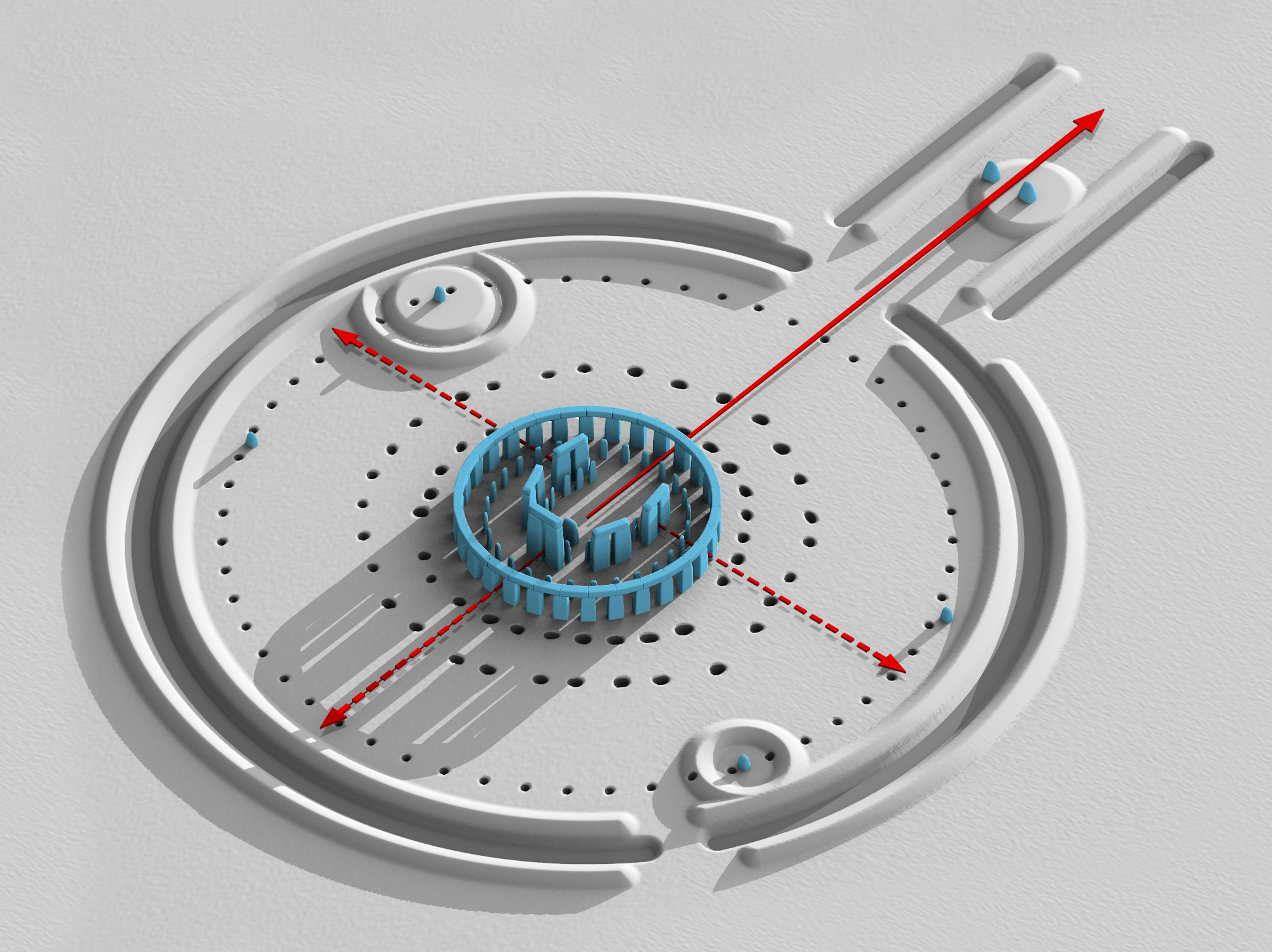Stonehenge visiting and tours
Structure of the day_Stonehenge
most famous prehistoric monument....
Image source :http://www.premiumtours.co.uk/
Built in several stages from about 3000 BC, Stonehenge is Europe's most famous prehistoric monument. We can only guess at the rituals that took place here, but the alignment of the stones leaves little doubt that the circle is connected with the sun and the passing of the seasons, and that its builders possessed a sophisticated understanding of both arithmetic and astronomy. Contrary to popular belief, the circle was not built by the Druids; this Iron Age priestly cult flourished in Britain from around 250 BC, more than 1,000 years after Stonehenge was completed.
THE SITE
Despite centunes of archeological, rehg1ous, and mystical interest 10 Stonehenge, the site's original purpose rema1ns unknown. The building of this inscrutable prehistoric megalith has been attributed to Greeks, Phoenicians, Druids, and Atlanteans. Theories on the reason it was built range from sacrifi cia I ceremonies to astronomical calendars. Unearthed evidence of burials suggests that human sacrifices took place here, and most experts agree that Stonehenge has rei igious foundations. The arrangement of the stones fuels belie fs in an astronomical purpose. The s ignificance of this site must have been great, as the stones used were not quarried locally but brought from as far away as Wales.


0 Response to "Stonehenge visiting and tours"
Post a Comment